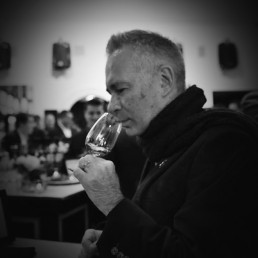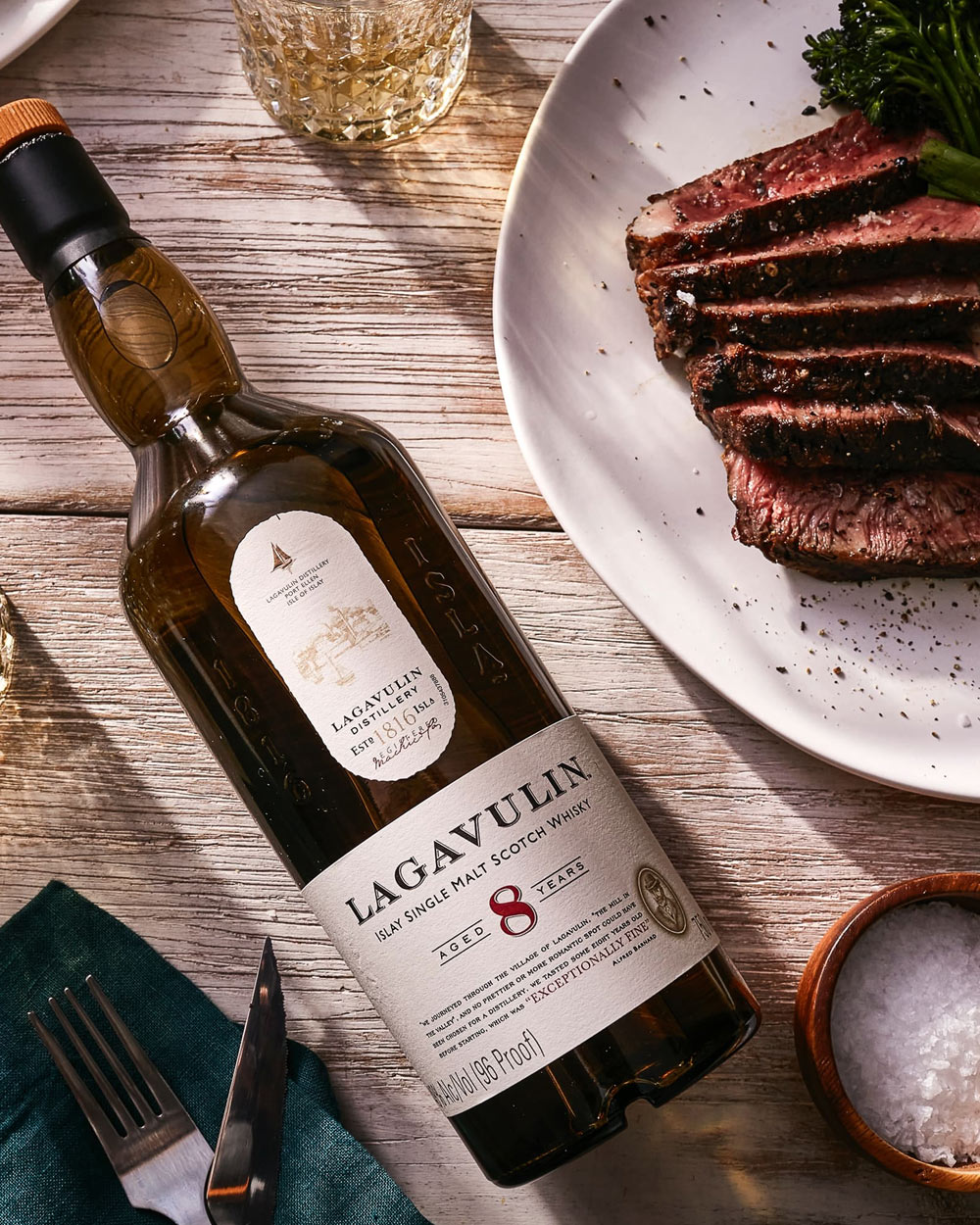When you think of rum, Caribbean islands like Jamaica or Barbados or Latin American nations like Panama or Venezuela may spring to mind. Places like Newport, Rhode Island or Ipswich, Massachusetts, probably not so much. But 300 years ago, New England was the center of the rum world. With literally dozens of distilleries in the region, rum was among the most important industries of the colonial era. The distilleries depended on molasses, a sugar cane by-product, imported from British-owned islands in the Caribbean like Barbados and Jamaica. Some of the un-aged New England rum would be consumed locally, but much of it was barreled and exported to Africa in exchange for slaves, who were then sold to the plantations in the British West Indies. These human beings were forced to produce more sugarcane, and by extension molasses, which was routinely shipped to New England for rum distillation. This circuit became known as “The Triangle Trade,” a shameful legacy the rum industry still reckons with more than two centuries later.
The rum industry in New England began its decline during the American Revolution, which was caused in part by a British-instituted tax on sugar. Production flow was disrupted when access to the British Caribbean and its sugar plantations was closed off, causing a drought in rum production. During this time, farmers settling in mid-Atlantic states were making whiskey from spent grains and fruit. By the 19th century, New England rum was on life support, and was all but extinct before the Civil War began in 1861. Yankee rum made a minor comeback in the early and mid-20th century when “Medford” rum started popping up along the East Coast. But the real New England rum renaissance didn’t get underway until the 21st century when enterprising distillers began reviving the once prosperous industry. Do the mostly small-batch offerings from New England taste like the Colonial rum of 300 years ago? Probably not, but modern distilling processes and meticulous attention to detail have made New England a legitimate player in the rum world. Here are five of the best this re-emerging region has to offer.
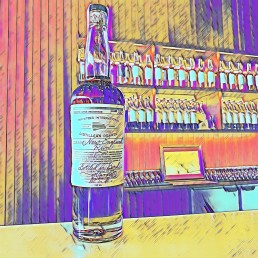
Privateer Distiller’s Drawer: Bottled-in-Bond (Ipswich, Massachusetts)
Vitals: 100 Proof (50% ABV), $70
Founded by a sixth-generation descendant of a Revolutionary War privateer (hence the name), Privateer has been a going concern since 2011. Distiller extraordinaire Maggie Campbell came on board in 2012 (she departed in January 2021), and it was off to the races for what’s arguably New England’s highest-profile rum brand. The permanent line is excellent, but the brand’s most coveted releases are the Distiller’s Drawer limited editions. One of the most popular of the bunch is Bottled-in-Bond, which is quite common for whiskeys but rarely attempted with rum. Bonded spirits must by law be distilled entirely at one distillery during a single six-month season, aged at least four years in a federally bonded warehouse, and be bottled at 50% ABV to earn the B-in-B designation. The Bottled-in-Bond Act was adopted in 1897 in an effort to prevent charlatans from making false-age statements and adulterating their booze. Privateer bottles this both for tradition’s sake and because 4-years old at 100 proof is the sweet spot for this rum. Expect flavors of oak and hints of tobacco balanced by sweeter notes of vanilla, caramel, tropical fruit and a bit of citrus.
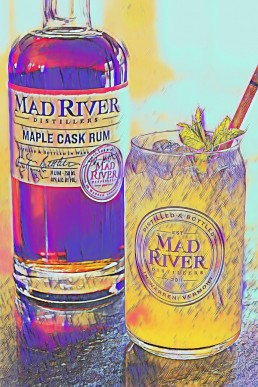
Mad River Maple Cask Rum (Warren, Vermont)
Vitals: 92 Proof (46% ABV); $50
It doesn’t get more stereotypically New England than Vermont and maple syrup. The way it’s used in this rum, however, is anything but a cliché. Maple Cask Rum starts out with Mad River’s own excellent First Run, distilled from Demerara sugar (it’s one of the only American rums to do so) and aged in charred oak barrels. Those barrels are then loaned to a maple syrup producer who uses them for aging syrup. Finally, the rum is finished in the same barrels, now coated with syrupy goodness, before being bottled at 48% ABV. The finished product is a lot less cloying than you’d expect. In fact, it doesn’t taste like maple so much as a dry, spicy, slightly bitter amaro. It’s a fascinating rum that works well as a mixer — try it in this refreshing spring cocktail, the Maple Après Smash.
Maple Après Smash
- 2 oz Maple Cask Rum
- ¾ oz Lemon Juice
- ¾ oz Maple Syrup
- 6-8 mint leaves
Shake all ingredients hard with ice and strain into a pint glass over fresh ice. Top with club soda and garnish with mint.
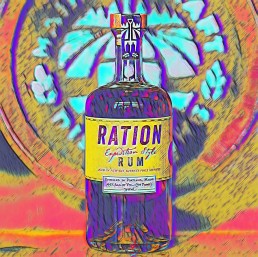
Maine Craft Distillers Ration Expedition Rum (Portland, Maine)
Vitals: 90 Proof (45% ABV), $32
Maine has become a distilling hotbed in recent years, and Maine Craft Distillers is among the finest. The Portland-based operation turns out top-notch whiskey, gin, apple brandy and of course, delicious rum. Their rum portfolio includes an un-aged and spiced expression, but the best is Ration, a pot-distilled rum that’s aged 12 months in heavily charred, new oak barrels, then bottled at 45% ABV. The char and oak notes come through more than you might expect from a mere year of aging, especially on the back of the tongue — upfront is a sweeter affair, redolent of brown sugar, molasses, and a hint of maple syrup.
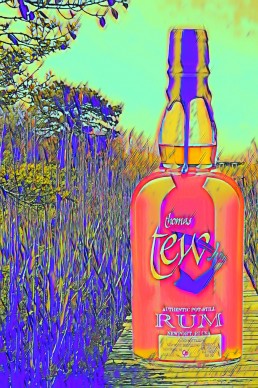
Thomas Tew Single Barrel (Newport, Rhode Island)
Vitals: 84 Proof (42% ABV), $40
It’s been a couple of centuries since Newport stood at the epicenter of the rum world, but they’ve had a dog in the hunt since 2008 when Newport Craft became the first Rhode Island distillery since the 1800s. Named after a famed 17th-century local pirate, Thomas Tew helped kick off the American rum revival, and it’s still one of the very best. Pot distilled from blackstrap molasses one barrel at a time, it’s aged between 3-5 years and bottled at 42% ABV. It’s dark and rich, balancing sweet vanilla, molasses, and toffee with a dry earthiness and a long, satisfying finish.
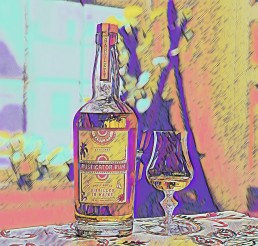
Rusticator Rum (Gouldsboro, Maine)
Vitals: 90 Proof (45% ABV), $45
When I first compiled my list of favorite New England rums, I showed it to Maggie Campbell, erstwhile distiller of Privateer, and asked her if I was missing anything crucial. She steered me to Rusticator, and I’m glad she did. Made at Bartlett Spirits Of Maine, a winery that also produces eau-de-vie and brandy, Rusticator is made from imported proprietary South American molasses, aged for at least two years in new French oak, and bottled at 45% ABV. The result is a beautiful rum that’s light and delicate yet substantial at the same time, with notes of vanilla, peach, and melon slightly reminiscent of a Sauternes, layered with notes of chocolate and oak. It’s hard to find outside of Maine, but if you find yourself in Vacationland, it’s worth hunting for.
Tony Sachs has been writing about spirits, cocktails, bars and the boozy life in general since 2007 for the Huffington Post, Robb Report, Serious Eats, Whisky Advocate, Liquor.com, and Esquire. Tony has judged cocktail competitions for several brands, including Jack Daniel’s, Stoli Elit, and Chivas Regal. Tony is a member of the Bourbon Roundtable, which helps select batches of Booker’s Bourbon for release.
